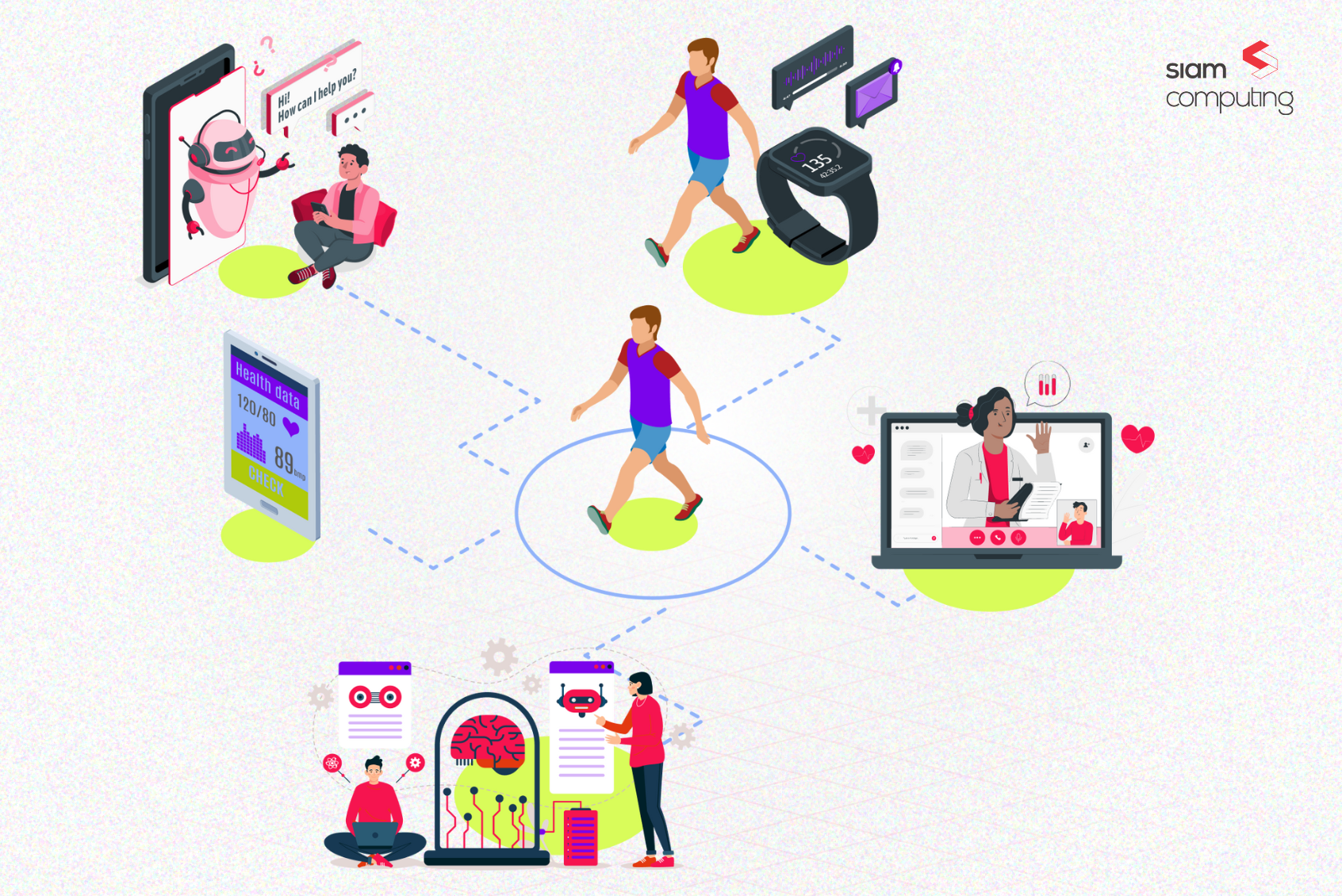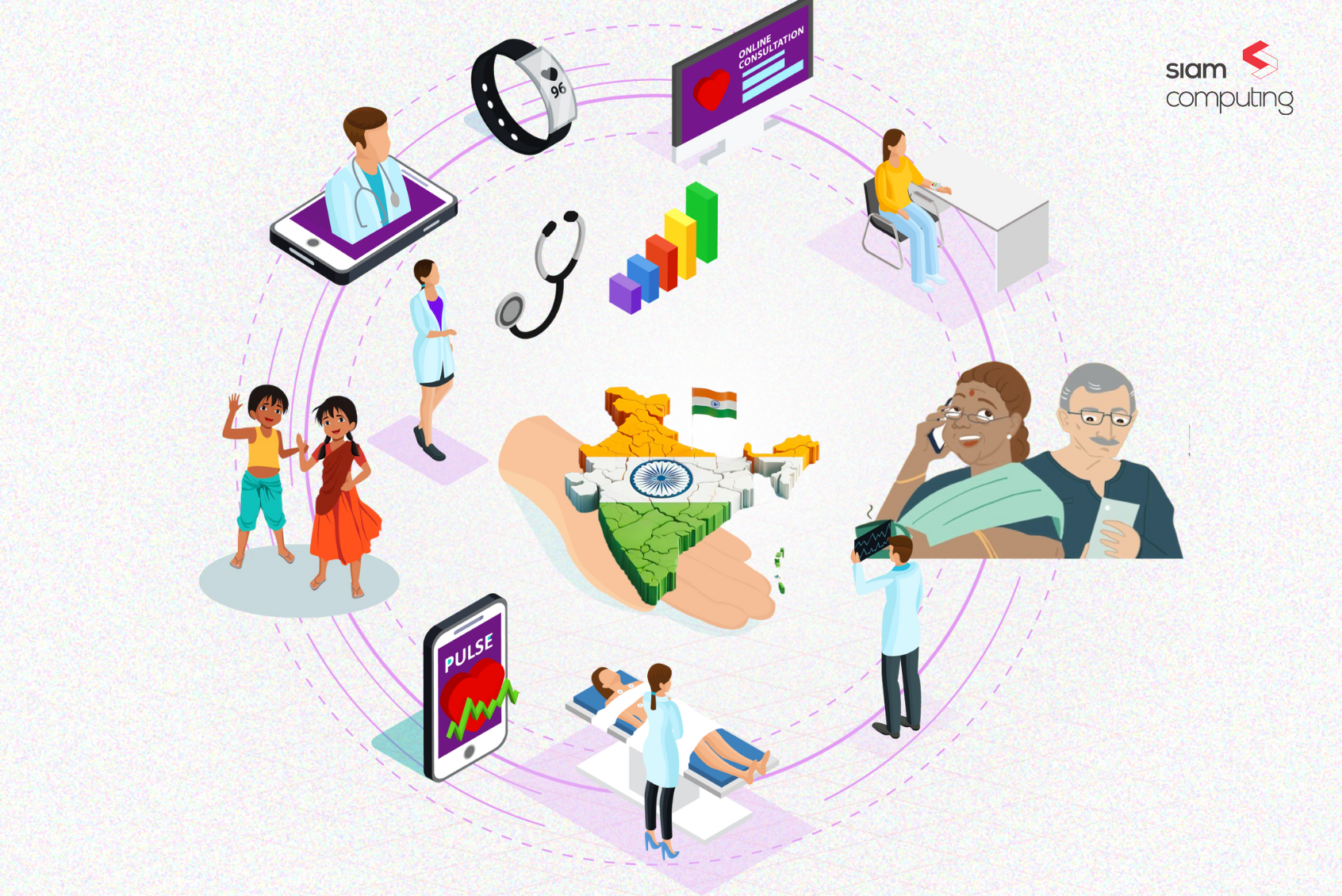New product development refers to the process of coming up with a completely new idea and taking it through the product development process. It combines the design, research, and engineering aspects involved in the development of a new product and launching it to the market.
It differs from regular product development which relies more on building a product with a proof of concept. New product development needs you to focus on all aspects of product development from scratch without having a base of empirical concepts to bank on.
In this blog, we’ll help you understand the seven stages of new product development, the common challenges you’ll face while developing new products, and how you can overcome those challenges to succeed as product leaders.
Eight Stages of New Product Development
The journey to a finished product will vary from company to company, but we can broadly categorize new product development into eight stages. Let’s take a closer look at each of them:
1. Brainstorming ideas
The brainstorming stage is to identify a problem and come up with innovative ideas that can be the base of your new product development strategy. Brainstorming with your internal group can help you generate great ideas by using their individual strengths.
It’s also important to understand that the goal of the brainstorming stage is to generate many relevant ideas and not to get bogged down by the details. The worthy ideas from this phase can be shortlisted in the next stage.
2. Screening ideas
Shortlisting the ideas that have the highest chances of success depends on factors like main benefits for target users, marketing potential, improvements needed in product features, and so on. Ideally, your ideas can be best screened with the help of experts in your company itself. You can leverage the expertise of various teams to identify the potential of each idea based on available resources and the technical requirements to get your idea to market quicker.
3. Developing concepts
After screening your ideas you need to develop them into product concepts. A product concept is a blueprint for your idea. It indicates the target users for your product, particular product features, benefits for your customers, its proposed prices, as well as the estimated cost of developing, designing, and launching the product.
You can develop alternative product concepts to figure out how each concept appeals to users and decide on the one that has the potential to provide maximum value.
4. Testing concepts
Once your concepts have been developed, you can test each one with specific user groups. Known as concept testing, it is a great way of validating product ideas with users before you fully invest time and money to build on them.
Concept testing comes in handy for market validation. Sharing your concepts with prospective buyers before developing your product equips you with insights to check on the viability of your idea in terms of a commodity that users will be willing to pay for.
5. Business Analysis and GTM Strategy
Having developed and tested your product concept, it’s time to figure out an initial marketing strategy to introduce it to the market and analyze what value it will bring to your business.
Your GTM strategy revolves around positioning your new product in a highly competitive market and guides your pricing and promotions too. The business analysis revolves around sales forecasts, estimated costs, and estimated profit projections.
6. Product Development
At this stage, your product concept takes the shape of a complete, marketable product. Based on the objectives and preferences of your company, you can choose agile product development, waterfall, or any other alternative for this phase.
At this stage, you create a prototype for your product to test it among users and gather feedback on how they interact with it. With the help of prototype testing, teams can identify flaws in terms of design, usability, or other features before the designs are handed over to the development team.
7. Test Marketing
At this stage, you can release the complete product to a sample market to see how it performs with the predetermined marketing strategy. The goal of test marketing is to validate the new product concept and make it ready for launch in the market. There are two testing methods you can use – alpha testing and beta testing.
Alpha testing is when software testing is used for identifying bugs before you ship the product for public use. Beta testing involves actual users using the product and giving feedback for the same.
8. Launching the product
This is the stage where your product baby gets ready for its market introduction. It’s kind of like Rafiki lifting baby Simba in The Lion King and introducing him to the whole jungle.
But in the real world, it’s a little more complicated. You need to ensure that your product, sales, marketing, and customer support teams are aligned with your launch plan and goal evaluation metrics because you’ll need a Plan B if your product does not meet the projected goals. Determine how you want to talk about the value of your product to its target users and pick the right marketing channels based on who your users are.

Common Challenges While Developing a New Product
Developing a product from scratch can present you with unprecedented challenges. These challenges range from dealing with a changing market, ever-evolving customer needs, and avoiding losses. Let’s take a look at some common challenges that product managers or business owners face while developing a new product:
1. Viability of the idea in the market
Not every idea that looks good on paper has the potential of being viable in the market. Practically applying the idea in the marketplace may not be financially feasible sometimes or your competitor may already be offering it and you could find it hard to gain traction.
2. Team management
Getting the entire team on the same page regarding product development can be very challenging. Product managers have to ensure clear communication and resolve potential conflicts within the team the minute they arise.
3. Sticking to deadlines
Business owners and product managers also have to manage deadlines at each stage of product development for the entire process to be on track. Missing one deadline will hinder the overall progress of all product initiatives.
4. Determining product prices
Just converting your stellar idea to a marketable product will not make it a success. The success of your product depends on the price you determine for it. The fair price for the product should neither be too high nor too low and must align with what your potential customers are willing to pay.
5. Long review cycles
Longer review and feedback cycles can directly affect the pace of your innovation to disrupt the market with new products. You must figure out which particular idea you want to spend time and money on. If you don’t, coming up with an innovative idea and building on it can take a lot of time.
6. Slower time to market
All the above challenges automatically affect the time to market, but other roadblocks can delay the process for your product a great deal. Unforeseen circumstances, hiring delays, and inefficient teamwork can stall your development processes significantly. You may miss out on the deadline to introduce your product to the market and also on the benefits such a time would provide.
Ways to overcome common product development challenges
The non-linear nature of the stages of product development stems from the fact that most stages demand iterative processes. As such, overall efficiency in product development needs an all-around approach rather than focusing on just a singular aspect. It’s like playing with building blocks – you move one block from anywhere and the entire structure collapses. Here are some ways to overcome common product development challenges :
1. Market Research
Conducting extensive market research will give you information about what your users are looking for and what your competitors are offering. With these insights, you can focus on how to make your product appealing to your users and validate your ideas with the help of an MVP.
2. Clear communication and workflow management
A clear communication routine will keep all your team members informed at the same time and do away with possible chances of confusion. Great teams build great products. Smooth workflow management will help you organize the product development process better, so you can track progress and task completion easily.
3. Clear review cycles
By establishing clear and periodic review cycles, you can keep track of the progress of interdepartmental teams and take necessary action to expedite the process as required. Besides, you can also help your team focus on non-dependent initiatives while the resolution of conflicts takes place, so that no deadline is missed.
4. Fair prices
While determining the prices for your product, you must analyze your competitor’s pricing options, and take into account your company’s marketing, hiring, and product realization costs. Besides, market volatility will also have a role when you determine your initial prices. Considering all these factors, prices must be fair to your customers and they must be willing to pay for the features your product offers.
5. Flexible development cycles
Flexible development cycles enable you to make room for quicker innovations, so you can keep up with the changes of a dynamic market. Having said that, you must also refrain from making massive changes when your development process is midway.
6. Goal tracking for every development stage
When you meet the objectives of every development stage, you automatically cut the time to market. Knowledge of important product metrics can help you here. Having alternatives ready, when your plans don’t work, will help you steer clear through potential massive roadblocks.

Final Thoughts
Building a new product is an opportunity in the hands of every business to attain a higher competitive edge in a fast pacing market. With this opportunity comes benefits like building a new culture of innovation and ideas sharing, and discovering more ways to improve your products for your customers, thereby providing more value to them with each innovation. However, a well-defined product development process is important to minimize potential market risks and improve your chances of success.
At Siam, we believe in the potential of every idea. Our Product Strategy team will help you identify exact problems to come up with the most relevant idea and take you through the entire product development process. Get in touch with us to leverage our strategic and engineering strengths to master your product development and stand out in the market with cutting-edge products.








